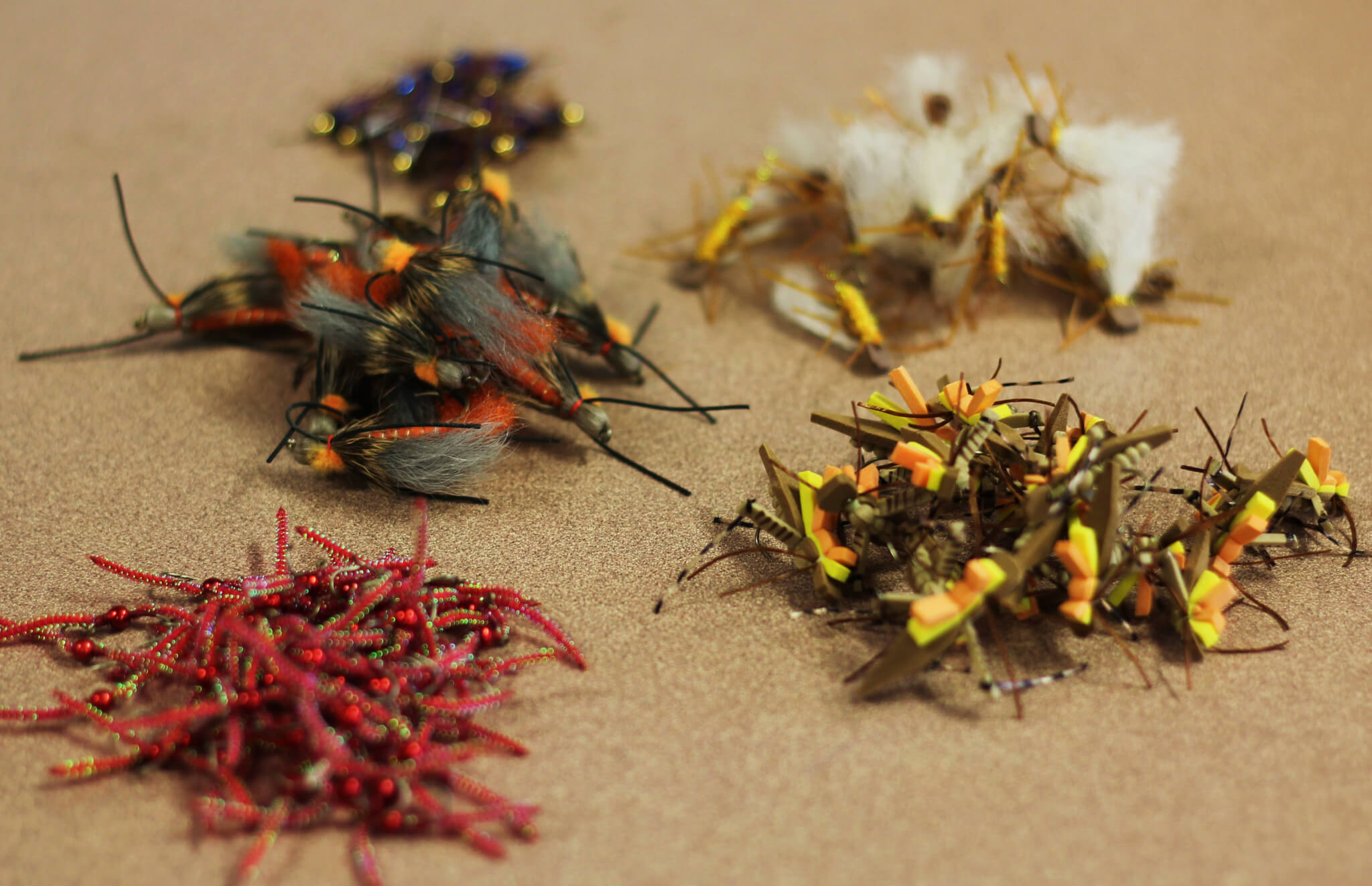4 Tips for Fly Fishing the Damsel Hatch

-Tip #1 Make The Fly Move In The Correct Direction
When the damsels hatch in Montana lakes, they come from the deep to hatch in the shallows. That means they’re moving into the shallows. When you’re in a boat, you’re often casting into shore and pulling the fly out towards the deep- exactly the opposite direction the naturals are going! It pays to bring your boat into the shallows and cast out towards the center of the lake, moving your fly in the direction the naturals are going.
-Tip #2 Movement In The Fly
The damsel is a poor swimmer, and is very active as it swims. Additionally, the gills on the damsel are quite prominent, on a very thin abdomen. The fly you choose should have a thin profile, with a lot of movement in the body. It’s easy to overdress a damsel fly. Stay sparse, stay active.

-Tip #3 Try To Ignore The One Splashy Rise
It’s so easy to become mesmerized by that one slashing, wild take on the adult Damesl. You see it, your heart starts pounding and you reach for a dry Damsel. Take a little time and examine the whole scene. If that’s the only rise you’ve seen in the last ½ hour, stick with the nymph. It rarely pays to head to the dry until the fish have established with some surface feeding. Until the rises are consistent, don’t let that one rise change a successful tactic.
-Tip #4 Keep The Retrieve Realistic
It’s very difficult for anglers accustomed to stream fishing to move a still water insect imitation in a realistic manner when fly fishing. Stillwater insects don’t move in 3 foot strips! You’ve got to keep your retrieve slow and realistic. This means you have to match the weight of the fly with the retrieve speed. If the fly is too heavy, you’ll have to retrieve to quickly. If the fly is too light, then a proper retrieve will bring the fly too close to the surface. Subsurface presentation is based on speed and depth. Matching the weight of the fly, sink rate of fly line and speed of retrieve is the riddle that Stillwater fishermen have to solve, the same as moving water fishermen have to figure out how to get a dead drift.

